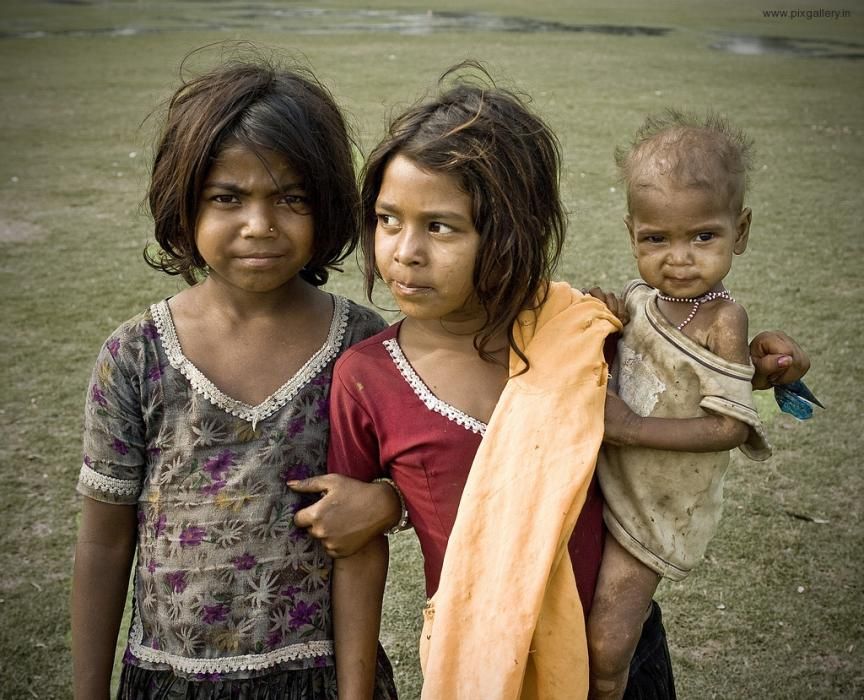New Delhi: As many as 350 crimes were committed every day against children in 2017 in the country with Uttar Pradesh and Madhya Pradesh emerging as the top two states, child rights body CRY said.
The Child Rights and You (CRY) said the recently published National Crime Records Bureau data revealed a 20 per cent increase in crimes against children over 2016-2017, while the overall increase of crimes in India was 3.6 per cent.
“Going by the decadal growth, the NCRB data highlights that the rate of crime against children rose exponentially from 1.8 to 28.9 per cent over 2007-2017,” it said.
The NCRB data on crime in India, which was published after a gap of two years, revealed that cases for crime against children increased from 1,06,958 in 2016 to 1,29,032 in 2017.
“The alarming number of nearly 1.3 lakh cases in 2017 indicates that each day over 350 crimes were committed against children in India,” it said.
Uttar Pradesh and Madhya Pradesh emerged as the top two states with both having a share of 14.8 per cent or over 19,000 cases in the crime against children, it said, adding that Jharkhand saw the highest increase at 73.9 per cent while Manipur had a significant decline of 18.7 per cent between 2016 and 2017.
“If we compare it with the pan-India crime numbers, which rose by 3.6 per cent, it is likely to be deduced that the crime against children has increased at a pace far greater than all crimes in the country. The rate of cognisable crimes against children in 2017 also rose to 28.9 per lakh children from 24 per lakh in 2016,” the CRY said.
Assessing the report’s various crime heads, the child rights body said the procurement of minor girls had increased by 37 per cent in 2017 when compared with 2016.
Jharkhand is a new entrant in the top five list of states. Haryana and Assam make up almost 60 per cent of the total cases reported for the procurement of minor girls,” it said.
Meanwhile, kidnapping and abduction of children continues to be the biggest crime, accounting for almost 42 per cent (54,163) of total cases in 2017.
Bihar is a new entrant in the top states when it comes to kidnapping and abduction of children, occupying the fifth position while Maharashtra tops this list.
However, this crime head witnessed a miniscule decline of one per cent (54,723 cases) in comparison with 2016, the CRY pointed out.
The child rights body stressed that child marriage was another significant barrier to India’s children empowerment with around 12 million married children in India, of which 75 per cent were girls (Census 2011).
The NCRB data of 2017 reported 395 cases registered under the Prohibition of Child Marriage Act (PCMA), 2006.
There is an increase of 21.17 per cent in the reporting.
The crime reported under the Juvenile Justice (Care and Protection of Children) Act, 2015, also shows an increase with reportage of 2,452 cases in 2017, an increase of 8.83 per cent from 2016.
But the CRY said the increase in reported cases of child marriage and child labour could be deemed as a “positive development” since both issues often got social sanction but always went under-reported.
For crimes under the Protection of Children from Sexual Offences (POCSO) Act, there has been an increase in the reportage to 32,608 cases in 2017 as compared to 36,022 cases in 2016.
Also, there was only one per cent decrease in cases of sexual assault reported under the POCSO Act or Section 356 of the IPC, the CRY said.
“Other interesting aspects were that the accused in 94 per cent of penetrative assault cases under POCSO Act were known to victims while 99 per cent of victims were girls. Further, over 40 per cent cases were reported from Maharashtra, Uttar Pradesh, Karnataka, Gujarat, West Bengal and Tamil Nadu,” the CRY said.
Priti Mahara, director of policy advocacy and research at the CRY said, identifying vulnerable children and families and strengthening community-level child protection systems were key to prevent kidnapping and abduction.
“There is a need to increase financial investments in child protection with a focus on prevention of crimes against children. Also, we need to facilitate convergence between the government department and the civil society to generate awareness about redressal mechanism in the community, capacity building of officials in the child protection system like police, child welfare committees and facilitate the creation of a conducive, safe environment to increase reporting of crimes against children,” added Mahara.
PTI
